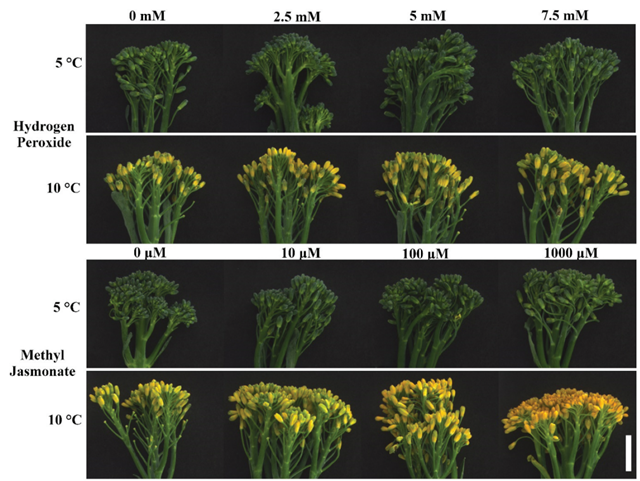
It’s not easy being green: Maintaining broccoli postharvest quality
Plant Science Research WeeklyUp to 40% of harvested broccoli never reaches consumers due to quality losses during senescence, including yellowing and nutrient degradation. Reactive oxygen species cause oxidative stress within the plant, accelerating these negative changes through the jasmonate (JA) pathway. Gage et al. investigated…

Reactive oxygen species homeostasis in rose petals
The Plant Cell: In a NutshellZhang et al. show that a transcription factor module modulates TCA cycle strength and thus reactive oxygen species homeostasis in rose petals. Plant Cell. https://doi.org/10.1093/plcell/koab152
Background: Reactive oxygen species (ROS) are by-products of several primary metabolic pathways and high…
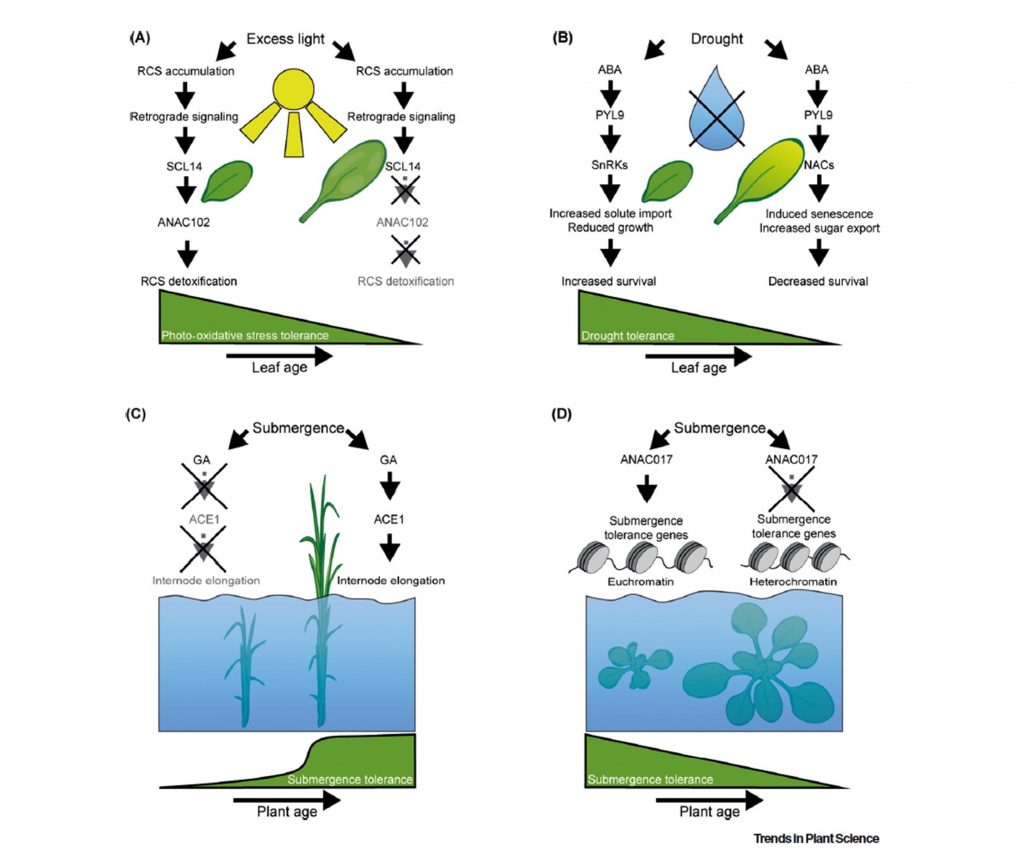
Review: Age is NOT just a number (Trends Plant Sci)
Plant Science Research WeeklyAging of plants is marked by the growth and differentiation of individual organs, as well as transitions of the whole plant through developmental phases: juvenile, vegetative adult, and reproductive phase. In their recent review, Rankenberg et al. discuss how abiotic stress responses vary in plants with…

Here, there and everywhere: Plastid- and nuclear-localized WHIRLY1 regulates salicylic acid homeostasis during developmental senescence
Blog, Plant Physiology, Plant Physiology: News and Views, ResearchDoes a new job always come with a new location? Perhaps this is true for some plant proteins; half of the proteins are located in more than one subcellular compartment. Emerging evidence in plants shows that nuclear-encoded proteins undergo redox and posttranslational modifications or processing events…

Got Rosettes? Phenotype Them Fast, Accurately, and Easily with ARADEEPOPSIS!
Blog, Research, The Plant Cell, The Plant Cell: In Brief“Deep learning” is a buzz term that seems to be cropping up in plant biology research these days. Originally reserved, perhaps, for computer nerds rather than us biology ones, deep learning is a type of machine learning used in the field of artificial intelligence. Modeled on the human brain, deep…
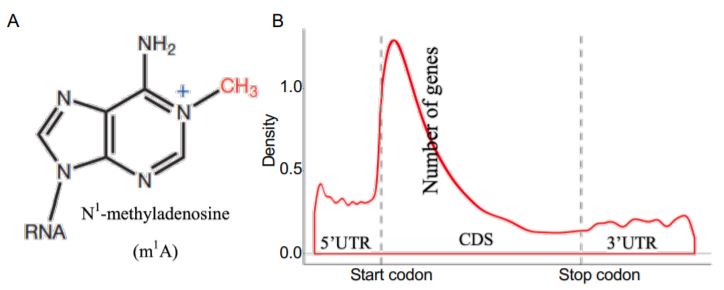
Dynamic N1-methyladenosine in plant messenger RNA
Blog, Plant Physiology, Plant Physiology: News and Views, ResearchWei Zhang
ORCID: 0000-0002-5092-643X
Department of Plant Pathology, Kansas State University, 1712 Claflin Road, Throckmorton Hall, Manhattan, KS, 66506, USA
[email protected]
Deposition of different chemical groups onto RNA generates diverse RNA modifications. All types of prokaryotic and…
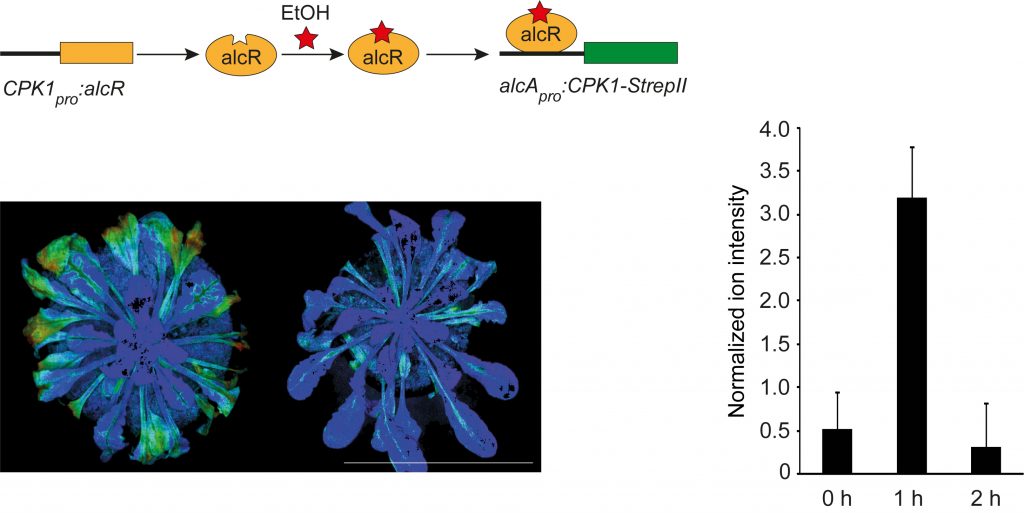
Calcium signaling in senescence
Research, The Plant Cell, The Plant Cell: In a NutshellDurian et al. searched for phosphorylation substrates of Arabidopsis CALCIUM DEPENDENT PROTEIN KINASE1 and found that it phosphorylates ORE1, a master regulator of senescence, demonstrating a link between calcium signaling and cell death. Plant Cell https://doi.org/10.1105/tpc.19.00810
By Guido…
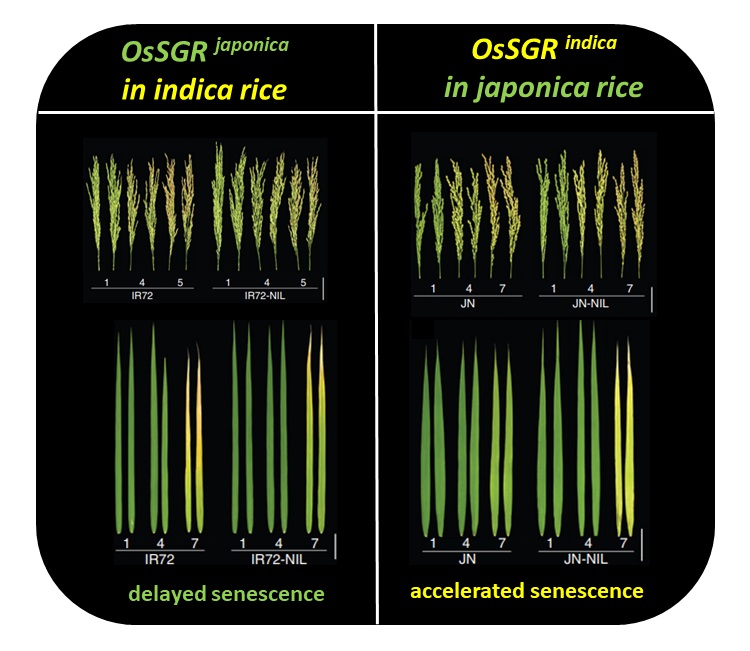
Natural variations at the Stay-Green gene promoter control lifespan and yield in rice cultivars (Nature Comms)
Plant Science Research WeeklyCrop production is greatly influenced by the duration of the last stage of plant life cycle, senescence, through degradation of resources in leaves and remobilization of nutrients to developing seeds. Indeed, higher grain yield of important cereals such as maize and sorghum can be achieved by using stay-green…

Multilayered Regulation in Senescence
Research, The Plant Cell, The Plant Cell: In a NutshellSakuraba et al. show the existence of multilayered regulation systems for the rice ONAC054 transcription factor, which is involved in abscisic acid-induced leaf senescence in rice. Plant Cell https://doi.org/10.1105/tpc.19.00569
By Nam-Chon Paek, Department of Plant Science, Seoul National University,…

